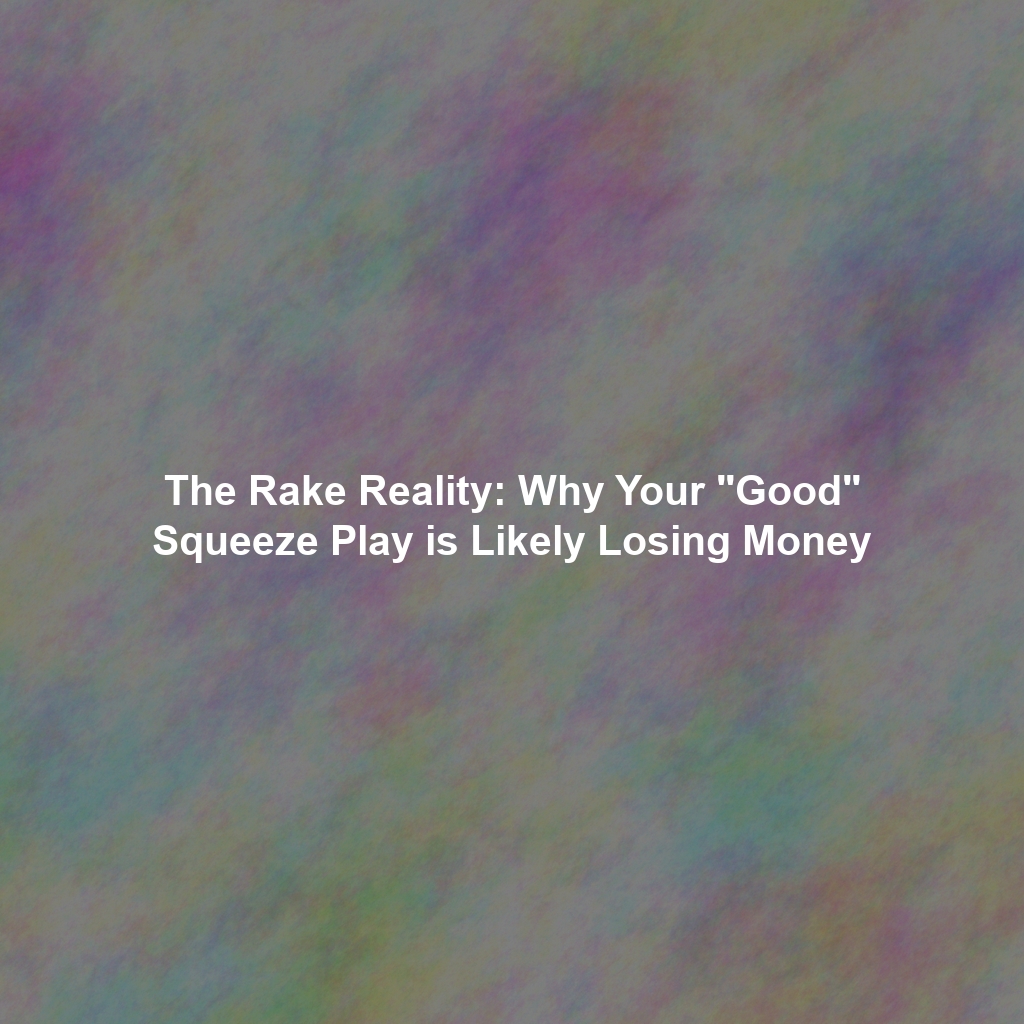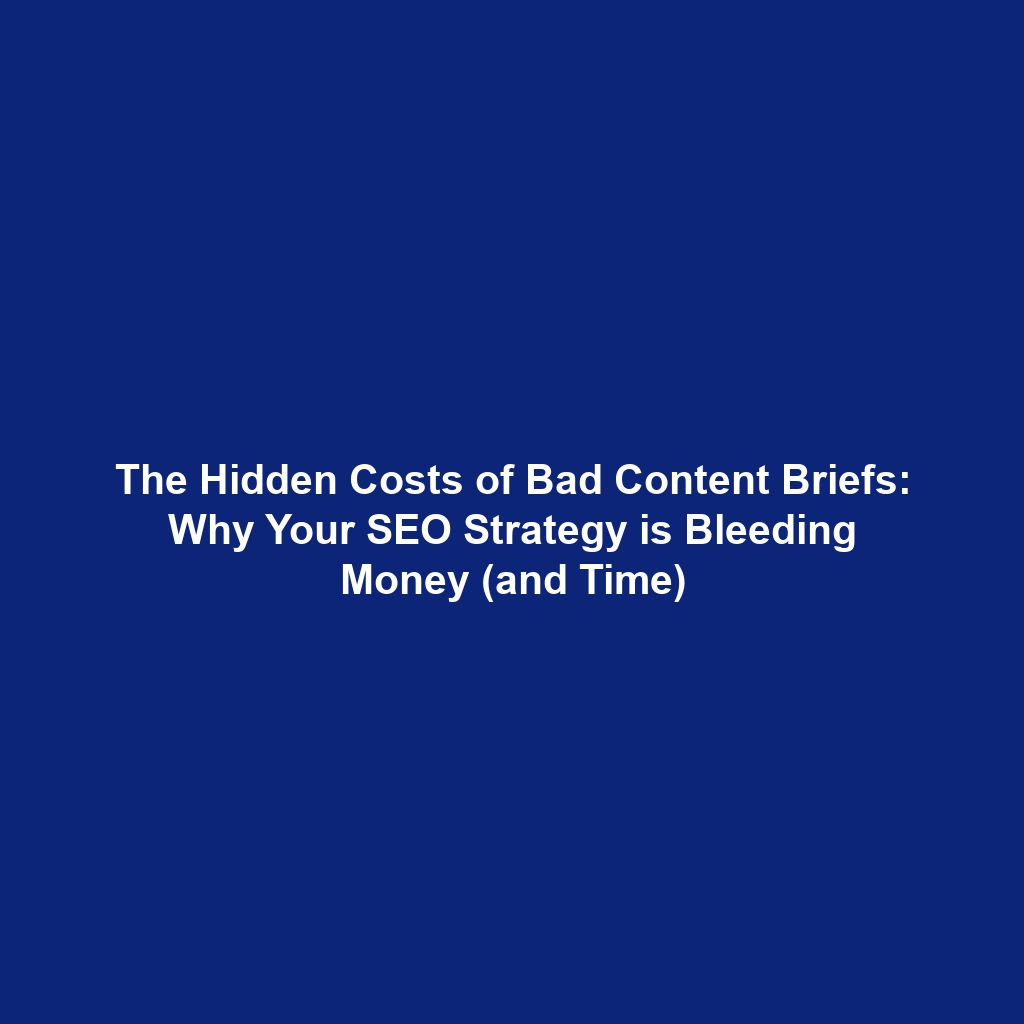Poker Squeeze EV Calculator
Dead money: —
Pot if called (no rake): —
Pot if called (after rake): —
EV from folding: —
EV if called: —
Total EV: —
ROI: —
Break-even limp-fold % per limper: —
Stop Bleeding EV: Squeezing Limpers Must Account for Rake and Non-Ideal Folds
If you play low-stakes poker, you know the type: the “limp-call” enthusiast. They enter the pot for the minimum, rarely raise, and almost never fold to a pre-flop raise. It feels easy to isolate them with a squeeze, right? Wrong. The math is brutal, and most players are massively overestimating the EV of this spot.
A squeeze against one or more limpers always looks appealing on paper, particularly when you hold a premium hand or have position. However, relying on standard pre-flop equity models ignores the two variables most critical to profitability in these games: rake and unreliable fold equity.
The Math That Matters: Two Profit Killers
This isn’t about if you’re ahead; it’s about if you’re making money. Your goal is to generate positive Expected Value (EV). Here’s how the conventional wisdom falls apart:
- The Rake Trap: Most small-to-mid-stakes live and online games charge a hefty percentage rake, often capped. When a pot starts small due to limping, the rake’s effective percentage on the profit is astronomical. You need a higher win rate and more fold equity just to break even against the rake. A squeeze that collects the blinds and limps might win $5 but often pays $3−$4 in rake if the pot gets small. The marginal gain is decimated.
- The Limp-Call Factor: You are squeezing against players defined by their low fold frequency. If you assume a standard GTO opponent will fold X% of the time, you’ve already miscalculated. The limp-call villain folds 21X% of the time. This massive drop in fold equity forces you to rely solely on post-flop realization, which is much harder to execute profitably, especially multi-way and out of position.
The Analytical Approach: Use the Data, Not Your Gut
The calculator above cuts through the noise. It forces you to input the variables that truly determine EV:
- Rake Structure: Input the exact percentage and cap. This grounds the EV in reality.
- Effective Fold Probabilities: Be honest. What is the actual, historical fold rate of this specific player type to a 3x or 4x raise?
- Post-Flop Win Equity: How often do you win the pot when called? Don’t just use your hand’s equity; factor in your own skill edge (or lack thereof) multi-way.
The implication is clear: Your squeeze sizing against these opponents must be larger to drive the necessary folds, or your hand range must be significantly tighter to offset the lower EV from the increased rake and inevitable multi-way pots.
Use the tool. Analyze the results. Stop making plays that feel good but consistently lose you money after the taxman (the rake) has taken his cut. EV is king, and in these games, EV demands a tighter, more selective squeeze strategy.


